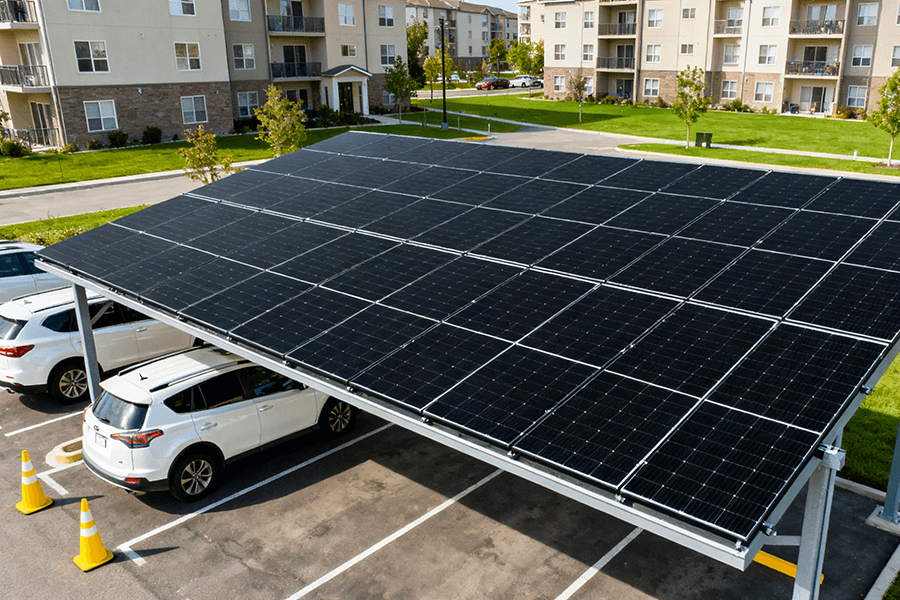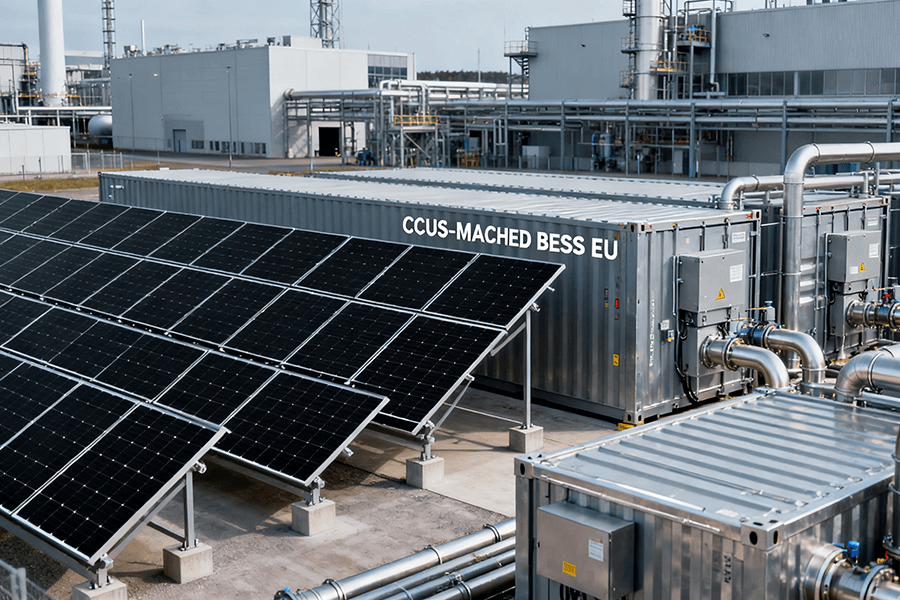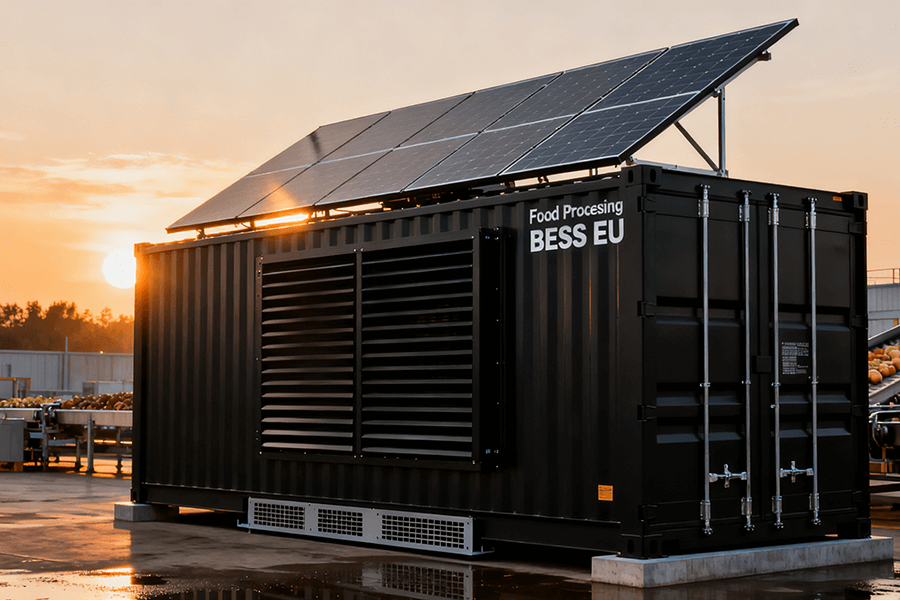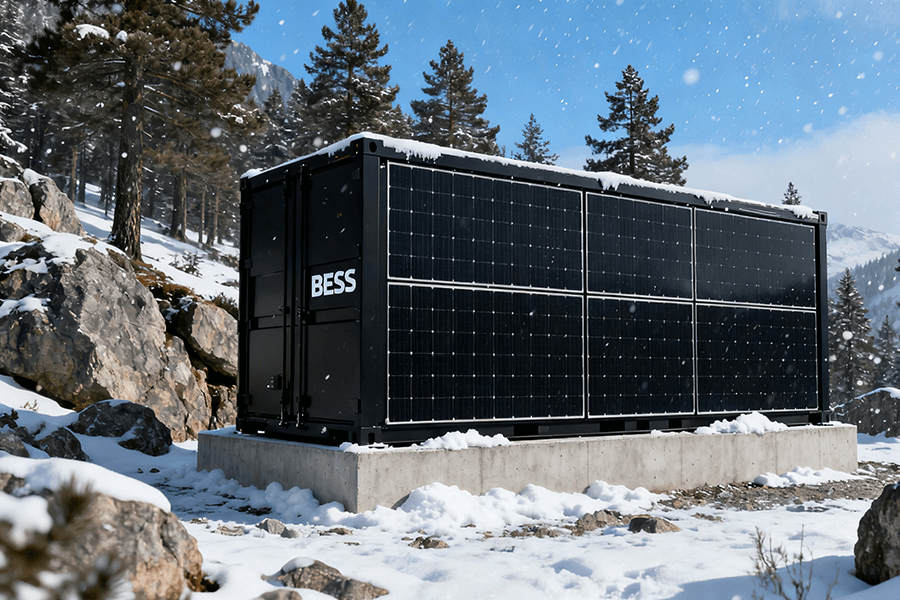
Why European Policy Compliance Isn’t Optional (Spoiler: It’s the Market Gatekeeper)
In 2025, European energy policy isn’t just evolving—it’s sprinting. The EU’s ambitious mission to achieve “climate-neutrality by 2050” has transformed policy updates into a near-monthly occurrence, creating a whirlwind of change that BESS (Battery Energy Storage System) suppliers must navigate. This urgency is underscored by a stark reality: non-compliance means zero market access in the EU, a region projected to add a staggering 35 GW of energy storage capacity by 2030 (European Commission, 2024).
BESS containers serve as the linchpin of the renewable energy ecosystem. While solar and wind power offer sustainable energy solutions, their intermittent nature resembles the famously unpredictable London weather. To illustrate:
| Energy Source | Output Variability Factor | Impact on Grid Stability |
|---|---|---|
| Solar Power | Cloud cover, time of day | Fluctuations during dawn, dusk, and overcast conditions |
| Wind Power | Wind speed, seasonal shifts | Sudden drops during calm periods |
This is where BESS containers shine. They function as intelligent energy reservoirs, capturing surplus power generated during peak production—when the sun blazes brightest or the wind howls strongest—and releasing it strategically during low-production intervals. By doing so, they act as stabilizing forces, smoothing out the peaks and valleys of renewable energy supply and ensuring grid reliability.
However, entering the European BESS market requires strict adherence to a complex regulatory framework. Key compliance areas include:
- Safety Standards: Adherence to EN 50618 for battery systems, ensuring protection against thermal runaway and electrical hazards
- Environmental Regulations: Compliance with the Waste Electrical and Electronic Equipment (WEEE) Directive to manage end-of-life storage systems
- Grid Code Requirements: Compatibility with ENTSO-E guidelines for seamless integration into the European power grid
Let’s delve deeper into how BESS manufacturers are innovating to meet these requirements and secure their place in this rapidly expanding market.
Core European Energy Policy Requirements: The Rules You Can’t Ignore
Europe’s policy framework for BESS containers has two “bosses”: EU-wide directives (like the Green Deal and RED II) and country-specific rules (e.g., Germany’s Energiewende). Below’s a breakdown of what you need to know.
European Green Deal: The EU’s “Save the Planet” Master Plan
The European Green Deal (launched in 2019) is the EU’s roadmap to cut net carbon emissions by 55% by 2030 (vs. 1990 levels) and reach climate neutrality by 2050 (European Commission, 2023). For BESS containers, this translates to two non-negotiable roles:
- Carbon Cutters: BESS containers reduce reliance on fossil fuel “backup” power (e.g., gas plants) by storing renewable energy. A 2023 study found that BESS integration can slash emissions from grid balancing by up to 40% (IEA, 2023).
- Renewable Enablers: The Green Deal mandates that 40% of the EU’s energy comes from renewables by 2030. BESS containers make this possible by solving renewables’ “intermittency problem”—without them, solar/wind power would go to waste during peak production.
Renewable Energy Directive (RED II): The BESS Rulebook
RED II (updated in 2023) is the EU’s detailed guide for energy storage. It sets two critical standards for BESS containers:
Grid Connection: Don’t Break the Grid!
BESS containers must comply with EU grid codes, which require them to:
- Stabilize grid frequency (respond within 100 milliseconds if frequency drops below 50 Hz; European Commission, 2018).
- Maintain voltage within ±5% of the nominal level (e.g., 230V for households).
- Avoid injecting harmonics (electrical “noise”) that damage grid equipment.
Energy Efficiency: Waste Not, Want Not
RED II mandates that BESS containers have a round-trip efficiency (RTE) of at least 80% (European Commission, 2023). RTE measures how much energy you get back after storage—think of it as the “fuel efficiency” of BESS. For context:
- Low-quality BESS: ~70% RTE (wastes 30% of stored energy).
- Compliant BESS (e.g., Maxbo Solar’s models): 88–92% RTE (International Energy Agency, 2024).
Local Policy Variations: One Size Doesn’t Fit All
While the EU sets broad rules, countries add their own twists. Below’s a comparison of key requirements in three major markets:
| Country | Key Policy | BESS Container Requirements | Certification Needed |
|---|---|---|---|
| Germany | Energiewende (Energy Transition) | – Must participate in grid balancing (respond within 2 seconds).- Strict fire safety (DIN EN 50600 standard). | TÜV Rheinland / TÜV SÜD |
| France | PPE (Energy Transition Law) | – 30% of BESS components must be locally manufactured (2025 rule).- Integrate with nuclear grid (stable output). | Bureau Veritas (BV) |
| Spain | PNEC (National Energy and Climate Plan) | – Prioritize off-grid use in rural areas.- Minimum 4-hour storage capacity for solar projects. | AENOR |
Source: National energy ministries (Germany, France, Spain, 2023)
Compliance Challenges: Why It’s Not a Walk in the Park
Compliance sounds straightforward—until you’re knee-deep in policy documents. Here are the two biggest headaches manufacturers face:
Complex Policy Interpretation: It’s Like Reading a Mystery Novel (Without a Plot Twist)
Navigating European energy policies is akin to traversing a maze of contradictions and ambiguities. The regulatory landscape is characterized by overlapping directives and vague terminologies, leaving manufacturers grappling with uncertainty. For instance:
- Definition Discrepancies: The EU’s Green Deal advocates for “low-carbon storage,” yet the Renewable Energy Directive II (RED II) quantifies this as “less than 50 grams of CO₂ equivalent per kilowatt-hour.” Such disparities create confusion regarding the exact parameters for achieving compliance.
- Regional Requirements: National regulations further complicate matters. Germany’s stringent fire safety regulations, mandating advanced suppression systems, clash with Spain’s off-grid priorities, which emphasize lightweight designs for remote installations. This divergence necessitates customized solutions for each market, adding layers of complexity to the manufacturing process.
Adding to the challenge, the regulatory environment is in a constant state of flux. In 2024, the EU introduced a “recyclability mandate” for Battery Energy Storage System (BESS) batteries, stipulating that 80% of materials must be recyclable by 2030. This unexpected requirement caught many industry players off guard, highlighting the need for continuous monitoring and agility in policy adaptation.
High Compliance Costs: Your Wallet Will Hurt (But It’s Worth It)
Meeting EU regulatory standards comes at a significant financial cost. The table below outlines the typical expenses associated with bringing a 10 MWh BESS container into compliance, based on 2024 industry data:
| Cost Category | Estimated Cost Range | Key Deliverables |
|---|---|---|
| R&D (Design Optimization) | €250,000–€400,000 | – Enhance round-trip efficiency (RTE)- Integrate advanced fire safety features- Develop grid-compliant software solutions |
| Testing | €80,000–€150,000 | – Grid compatibility assessments (e.g., frequency response, voltage regulation)- Safety evaluations (e.g., fire resistance, thermal runaway mitigation) |
| Certification | €15,000–€50,000 | – Obtain CE marking for EU-wide market access- Secure country-specific certifications (e.g., TÜV in Germany, Bureau Veritas in France, AENOR in Spain) |
Total Compliance Cost: Approximately €345,000–€600,000 per BESS container
While these figures may seem daunting, the consequences of non-compliance are far more severe. In 2023, a Chinese manufacturer faced a staggering €2.3 million fine for selling BESS containers without CE certification in Germany. This case underscores the critical importance of prioritizing regulatory compliance, not only to avoid financial penalties but also to safeguard brand reputation and market access within the European Union.
Compliance Strategies: How to Win at the Policy Game
The good news? Compliance isn’t impossible—it just requires a game plan. Below are three proven strategies, each designed to streamline the process and mitigate risks associated with regulatory changes.
Establish a Policy Tracking Team: Your “Policy Radar”
Staying ahead of the regulatory curve is crucial. Instead of reacting to policies after they’re implemented, adopt a proactive approach by setting up a dedicated policy tracking mechanism:
Internal Expertise:
- Composition: Assemble a cross-functional team of 2–3 specialists, combining policy analysts with engineers. This hybrid structure ensures a comprehensive understanding of both regulatory language and technical implications.
- Monitoring Channels: Regularly monitor official sources such as the European Commission’s energy portal and relevant national ministries. Set up RSS feeds, email alerts, and automated web scrapers to capture updates in real-time.
External Partnerships:
- Strategic Alliances: Collaborate with industry leaders like Deloitte Energy or Enerdata for enhanced policy intelligence. For instance, Deloitte’s “EU Policy Navigator” provides a competitive edge by identifying BESS-relevant changes 2–4 weeks prior to enforcement.
- Value Proposition: Leverage these firms’ expertise for nuanced policy interpretations, risk assessments, and strategic roadmaps.
Optimize Product Design for Compliance: Build It Right the First Time
Integrating compliance into the product development lifecycle minimizes costly retrofits down the line. Here’s a structured approach to ensure your BESS containers meet current and future regulatory demands:
| Design Element | Compliance Focus | Recommended Solution |
|---|---|---|
| Battery Chemistry | Efficiency and Safety | Adopt lithium-iron-phosphate (LFP) batteries, which offer a higher Round-Trip Efficiency (RTE) compared to traditional lithium-ion variants. Aim for an RTE of 88% or higher to align with EU efficiency targets. |
| Management System | Operational Stability | Implement advanced Battery Management Systems (BMS) that continuously optimize charging/discharging cycles, temperature control, and cell balancing. |
| Grid Integration | Interoperability | Integrate software solutions like Siemens GridSuite, enabling seamless compliance with grid codes. This technology automatically adjusts frequency and voltage parameters to match grid requirements. |
| Modularity | Future-Proofing | Design containers with a modular architecture, allowing for easy component upgrades—such as swapping batteries for recyclable models. This flexibility ensures adaptability to emerging circular economy regulations. |
Partner with Local Certification Bodies: Get Your “EU Passport”
Certification serves as tangible proof of compliance, instilling confidence in both regulators and customers. Different EU countries have specific requirements, but strategic partnerships can simplify the process:
Germany:
- Certification Body: Collaborate with TÜV SÜD, a globally recognized leader in technical inspection and certification.
- Process Details: The certification typically spans 8–12 weeks and includes rigorous on-site testing of fire safety protocols, grid response capabilities, and environmental impact.
France:
- Certification Body: Engage Bureau Veritas for comprehensive compliance verification.
- Focus Areas: Their assessments cover local manufacturing requirements (ensuring 30% local component sourcing) and nuclear grid compatibility, crucial for seamless integration into France’s energy infrastructure.
Pro Tip: Begin the certification process in a regulatory hub like Germany. Given the mutual recognition agreements across many EU nations, a successful certification in one country can significantly expedite market entry in others, reducing both time and cost.
Conclusion: Compliance = Market Success (And We’re Here to Help)
In 2025’s European energy market, compliance isn’t a choice—it’s the foundation of growth. The EU’s policies will only get stricter: by 2027, we expect mandates for “carbon footprint labeling” (disclosing BESS emissions from production to disposal) and “cybersecurity standards” (protecting BESS from hacks).
At Maxbo Solar (www.maxbo-solar.com), we’ve turned compliance into a competitive advantage. Here’s how we do it:
- Policy Team: Our 3-person EU policy team updates our design specs within 2 weeks of new rules (e.g., we added recyclable battery casings in 2024 to meet the 2030 mandate).
- Efficient Design: Our BESS containers have an 92% RTE (beating RED II’s 80% requirement) and integrate Siemens GridSuite for seamless grid connection.
- Certified Everywhere: We hold TÜV (Germany), BV (France), and AENOR (Spain) certifications—so our customers can sell in any EU country without extra testing.
Whether you’re a utility company needing 100 MWh of grid-stable BESS or a solar developer looking for off-grid storage in Spain, Maxbo Solar’s compliant containers make market entry easy. Visit www.maxbo-solar.com to learn more—or drop us a line. We’ll help you navigate the policy maze (and maybe even make it fun).






